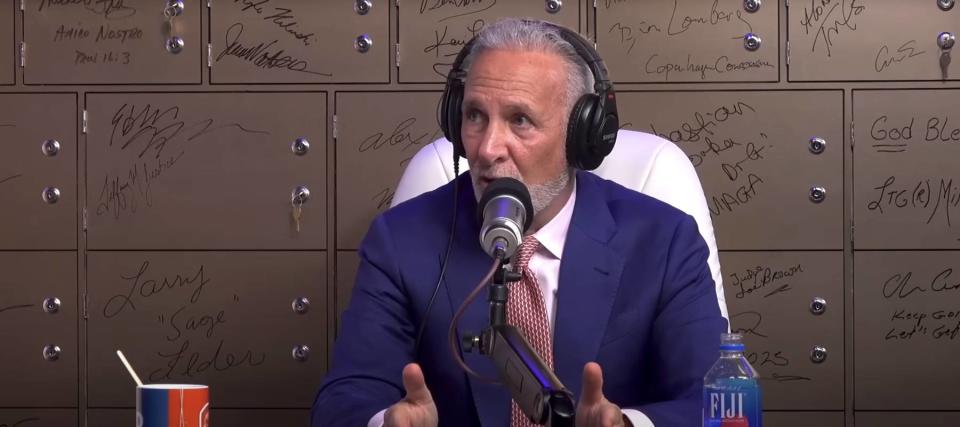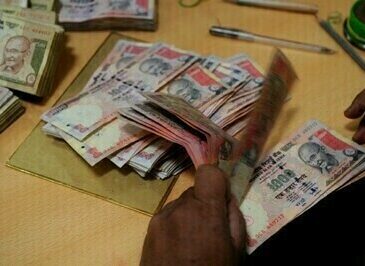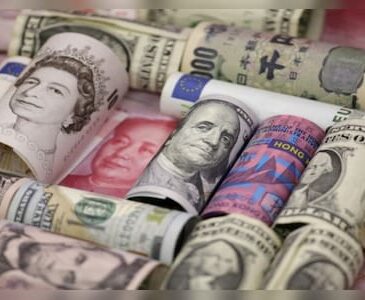Peter Schiff says get ready for ‘major dollar decline’ — predicts end of greenback as global reserve currency


Economist Peter Schiff has warned Americans to get ready for “a major dollar decline.”
The genesis of his gloomy outlook for the greenback will come as no surprise to those who understand Schiff’s gold-first investing philosophy.
Don’t miss
“I think gold is telling us that the dollar is going down again — and this time it’s going down for the count,” the 61-year-old said recently on Patrick Bet-David’s PBD Podcast.
Gold prices soared to record highs in early April, fueled by central banks bolstering their bullion reserves amid geopolitical tensions.
“I think [the dollar is] going to be knocked off its pedestal,” Schiff added. “I think it’s going to lose its status as the reserve currency.”
Is he right about the future of the greenback?
De-dollarization
Schiff is predicting a phenomenon known as “de-dollarization” — when countries shift away from the greenback as a reserve currency, medium of exchange or unit of account.
It’s true that the dollar has experienced a slow decline in recent years. IMF data shows the greenback’s share of global allocated foreign exchange reserves has fallen by around 7% since early 2016.
But central banks still rely heavily on the U.S. dollar, with the currency accounting for 58.41% of reserves in the fourth quarter of 2023 — compared to the euro at 19.98%, the Japanese yen at 5.7%, the British pound sterling at 4.84% and China’s yuan at 2.29%.
Read more: ‘Baby boomers bust’: Robert Kiyosaki warns that older Americans will get crushed in the ‘biggest bubble in history’ — 3 shockproof assets for instant insurance now
Rather than losing its global reserve throne to another currency, Schiff is more interested in data that shows central banks are ditching the dollar in favor of a shinier and more stable alternative: gold.
“Gold has already broken out,” he told Bet-David, alluding to the fact that central banks bought gold at “breakneck pace” in 2023, per the World Gold Council (WGC), with annual net purchases of 1,037 tonnes, just 45 tonnes short of the 2022 record.
“I think what’s going to happen is the world’s going to reject the dollar like we rejected gold [in 1971] — and it’s going to go back on the gold standard,” Schiff predicted. The gold standard is a monetary system, used primarily from the 1870s to the 1920s, where the value of currencies is fixed to a specified amount of gold.
Banks buying gold at ‘breakneck pace’
The price of gold hit an all-time high in April and there’s still room for it to soar higher, according to WGC Global Head of Central Banks Shaokai Fan.
He told CNBC in March: “Central banks, who have bought historic levels of gold over the past two years, continue to be strong buyers in 2024 as well.”
There are many reasons why central banks may be turning to the precious metal. According to the WGC, gold reserves are attractive because of gold’s proven value in crisis response, its diversification attributes and its ability to retain its value long-term and hedge against inflation.
If you’re convinced by Schiff’s argument that the end of the dollar is nigh, there are simple ways to copy the central banks and shore up your investment portfolio with gold.
For example, you could open a Gold IRA — a type of individual retirement account that allows you to invest in gold and other precious metals in physical forms, like coins, instead of stocks, mutual funds and other traditional investments. This gives you the opportunity to both diversify your portfolio and stabilize your finances — and gold tends to yield less risk than other alternative investments.
What to read next
This article provides information only and should not be construed as advice. It is provided without warranty of any kind.


